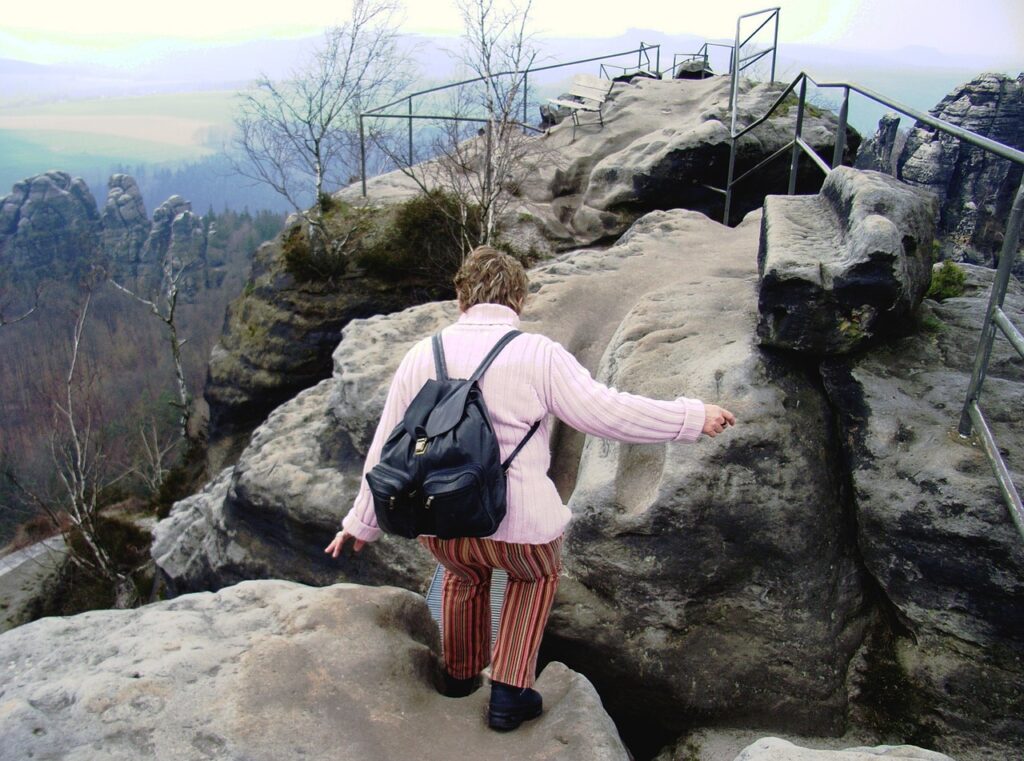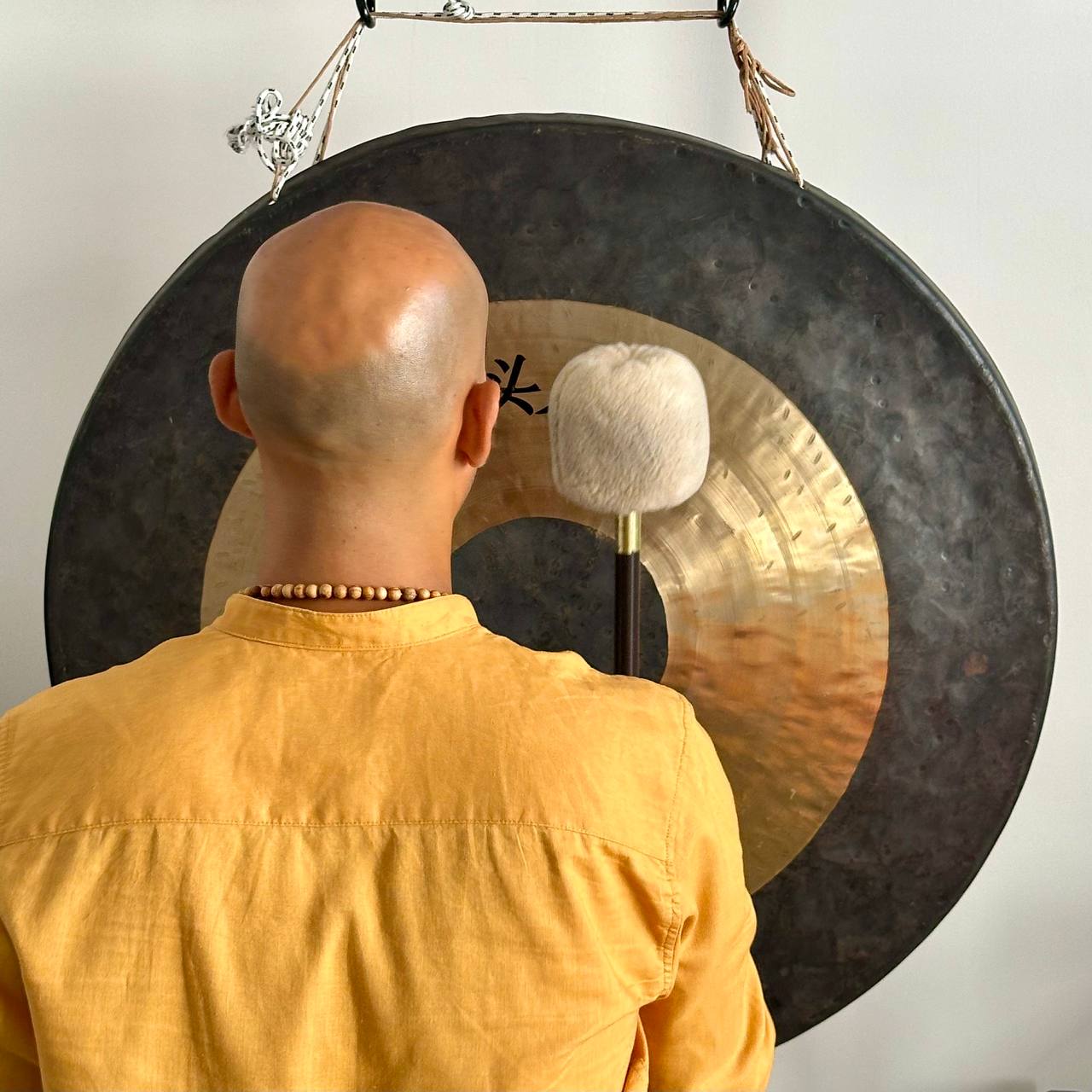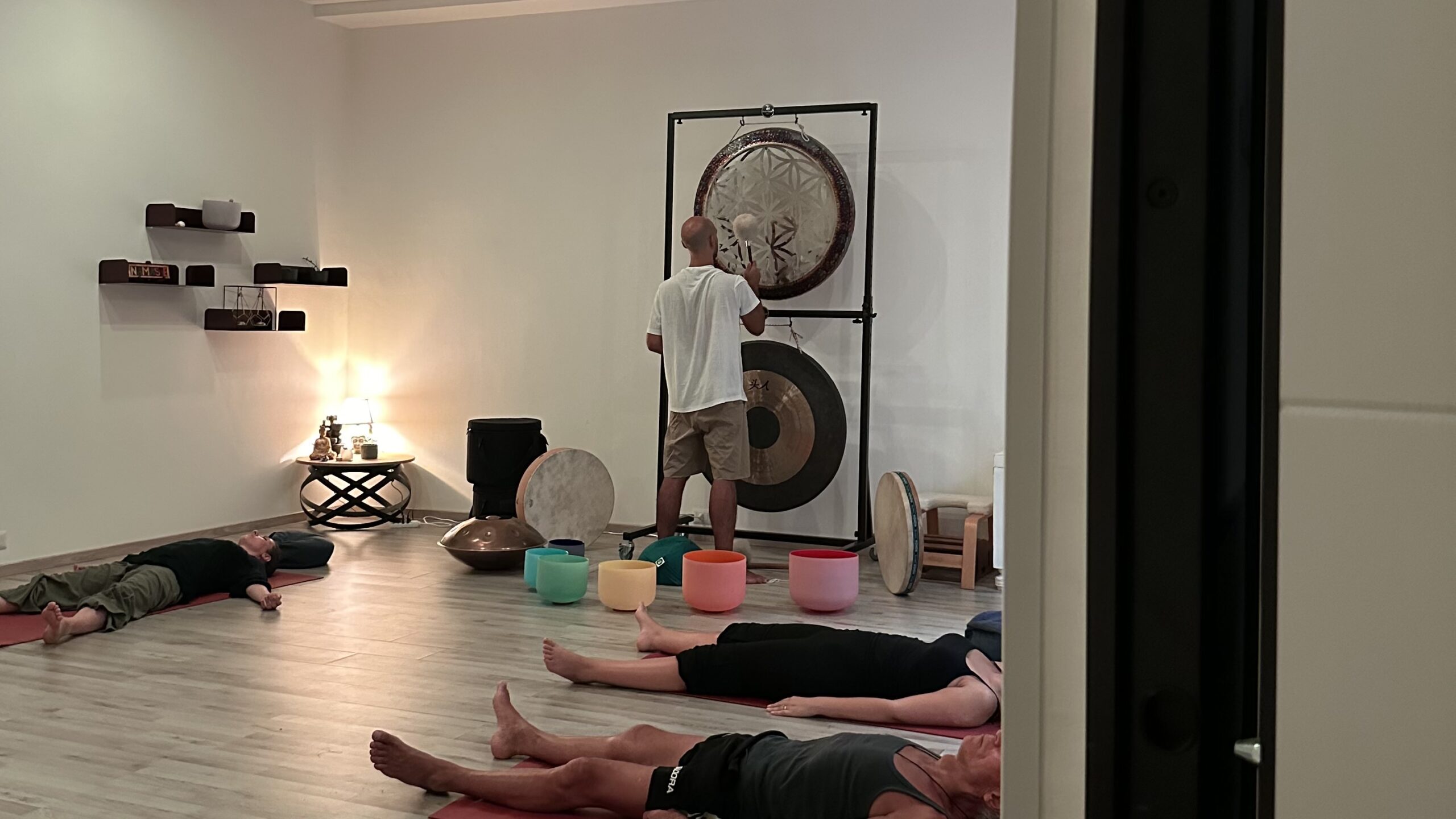Your cart is currently empty!
Recognizing Fear
Fear has multiple origins and perhaps in some way we may never be able to grasp all the aspects that contributed to generating it. Perhaps we also carry some of it with us from our past lives. Fear is probably transmitted to us in the collective cultural heritage of our family. There is also the tremendous shock of coming into the world leaving the warm and comfortable mother’s womb.
Add to that the primal shock of leaving the womb the way most of us are born and we have enough reason to be scared. Any emotional, physical or sexual abuse we receive later only adds to the trauma of birth. The deprivations and violations that we experience throughout childhood – the lack of approval, attention, love, respect and care that we have all felt, in a one way or another – clearly constitute another considerable source of panic.
Now our traumatized inner child expects more abuse and abandonment at any moment.
As children, we had deep needs related to survival and identity that were not met, so we lost faith. Our needs for love and protection, for acceptance, for recognition and approval, for inspiration and direction, the needs for tender and unconditional love, one way or another have not been answered. Now, as adults, we still carry around the primary fear of not getting the basic things we need. We received such a beating to our innocence and trust so early that we inherited a fundamental fear of not being able to survive.
With the baggage of emotional deprivation that many of us carry with us, accessing our vulnerability now can send us into total confusion, panic, fear, self-criticism, emotional collapse and sometimes pure terror.

What is the reason? Why were our vulnerability and innocence betrayed?
Much of our conditioning is based on avoiding fear and pain. It supports our egoic thinking and behavior. As a result, we have built a lifestyle based on running away from these sensations. Our culture doesn’t offer much support for inner work. It would be really difficult to imagine walking around a supermarket while the speakers play songs that exalt the joys of soul searching, feeling pain and emerging from the state of ego consciousness.
Instead, you’re much more likely to hear something like, “My love just left me and I’m so sad. But why does life always treat me so badly?”
We have been conditioned to run away from ourselves through the search for “love”. One of the biggest lies we tell ourselves is that we will find another person who will make us happy and who will chase away our fears. We are rarely aware that all our love searches and dramas are little to the child inside us seeking relief. Thus, much of our journey out of fear can involve looking at the ways in which our love affairs turn into unconscious and habitual attempts to escape from fear itself.
If you want to know more about how to transform suffering through meditation, I talk about it in depth in this article
Without a basis of acceptance and meditation, all we have is our fear, covered by compensations
Krishnananda
The key role of Acceptance in overcoming the fear of suffering
Acceptance is the opposite of experiential avoidance, it means opening yourself up to the experience of all emotions and thoughts, without trying to fight them or force them away. It means recognizing which automatic strategies we implement to “avoid feeling” and abandoning all useless solutions. And start investing energy to move in the direction of a rich and meaningful life.

5 Mindfulness exercises to recognize, accept and overcome the fear of suffering
One of the ways to “make space” and accept thoughts and emotions is through the practice of mindfulness. Mindfulness, a meditative practice born in the East more than 2000 years ago, allows you to develop a curious and non-judgmental attitude towards your own mental contents. Acceptance is an attitude that must be developed and discovered; it means learning to welcome what we experience, with a proactive and open attitude. Even when faced with difficult moments in life. The practice of mindfulness can help us in this, to develop a more open attitude, to reconnect with ourselves and encourage greater momentum on the journey of life.
Here are 5 Mindfulness Exercises to overcome the fear of suffering to try immediately:
1. Focus on the present moment
Get into the habit of tuning into your breath at various times throughout your day, observing the movement of your breath in your belly (or in the part of your body you have chosen) during 3 or 4 breathing cycles. You can set a time signal on your phone that reminds you to take a few mindful breaths.
2. Meta Cognition or Defusion
Pay attention to your thoughts and feelings in that moment, without judging them and without judging yourself, but simply observing them. At the same time, try to be aware of any changes in the way things appear to you and the way you feel about yourself.
3. Accept the totality of the experience
Every time you feel an unpleasant sensation, such as frustration, restlessness, anger, anxiety, sadness, envy, anguish, notice how this manifests itself in your body, stopping to observe it without judgement, giving yourself the space you need to welcome it completely.
4. The practice of relaxing sighs
Acquiring the habit of taking three to six relaxing sighs during certain moments of the day, when we are waiting in line at the checkout, while driving at a red light, while waiting for the elevator or for transport, helps us maintain reduced reactivity.
5. Mindful Walking
When we go to work or run errands, most of us go into autopilot. If we have many things to do, we move quickly from one place to another without stopping, most of the time feeling exhausted in the end. Walking consciously in daily life means taking off autopilot to live a more vivid and real experience. We can do this by bringing attention to the overall sensation of the body in movement.
Or we can walk normally or slow down slightly, to be able to intensify our attention on the movement of the feet and legs, step by step. The important thing is to pay attention as much as possible to the sensory experience.
If we struggle to concentrate we can mentally count the steps and start from scratch every time we find ourselves distracted. Another way of practicing is to bring attention to the breathing, coordinating it with the movements of the legs.
In this package, you will find how to manage anxiety and depression thanks to Guided Meditations and some specific Mindfulness exercises. Buy it now:







